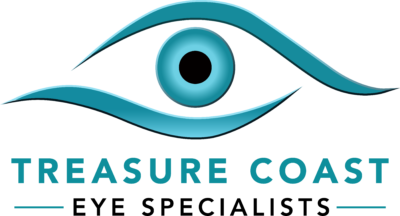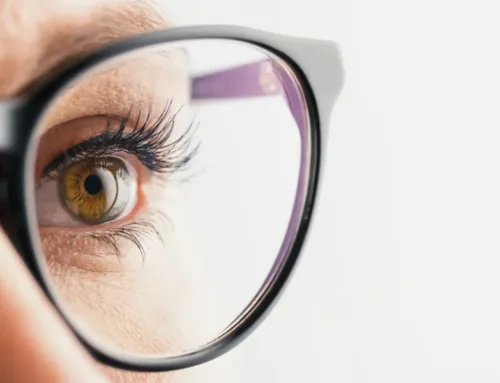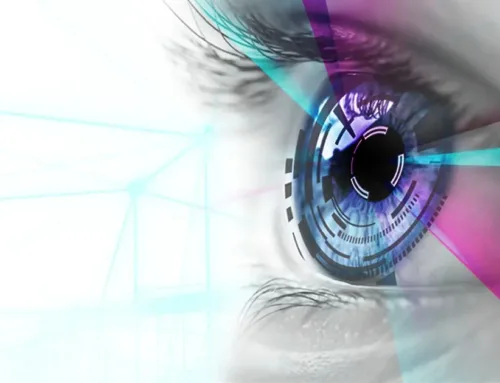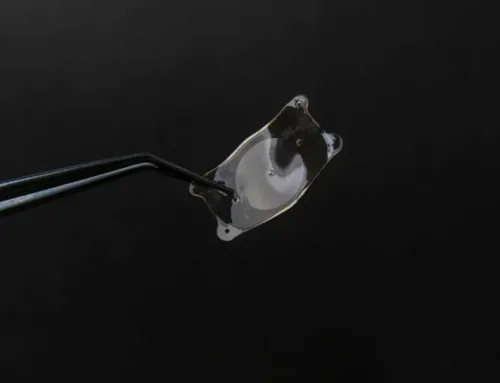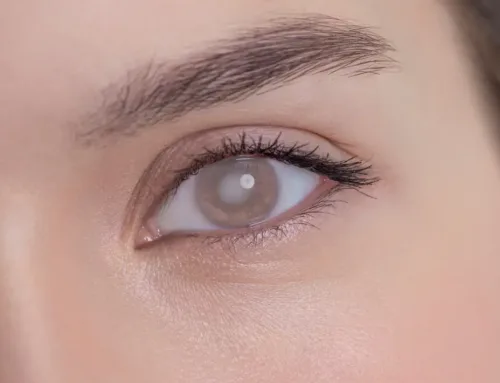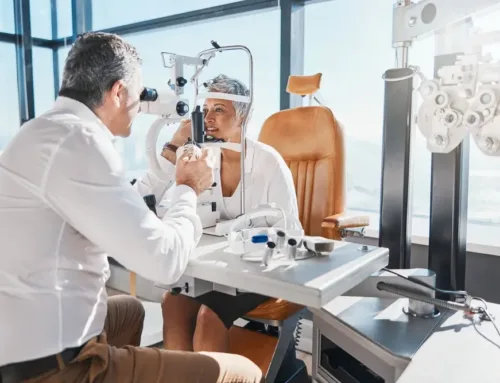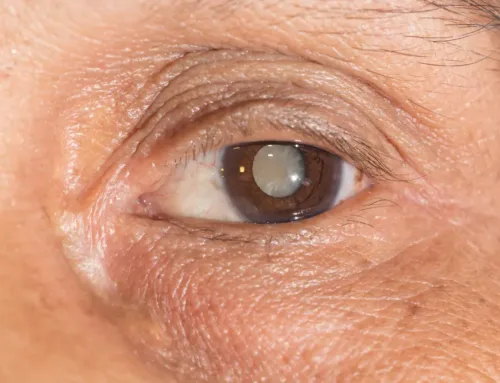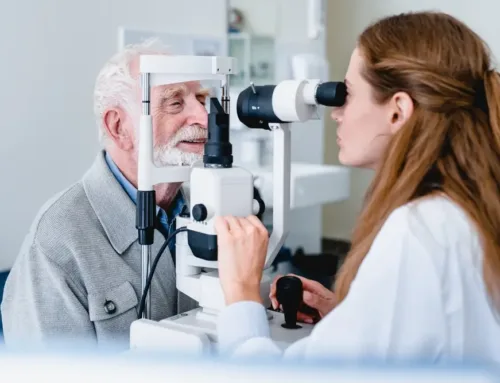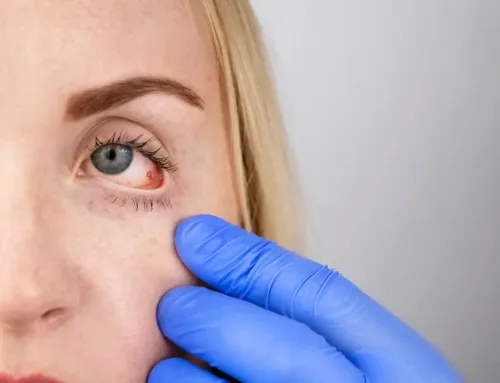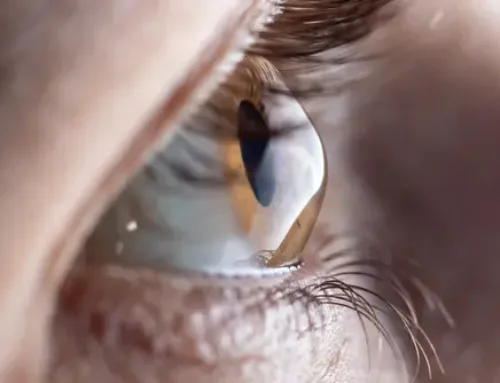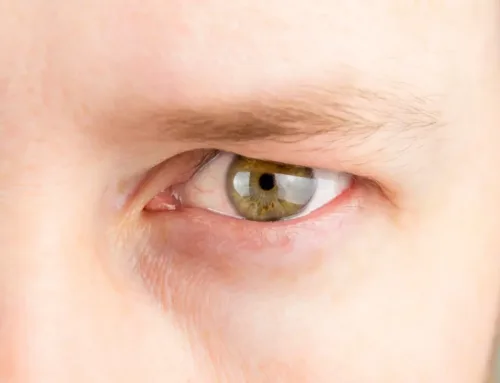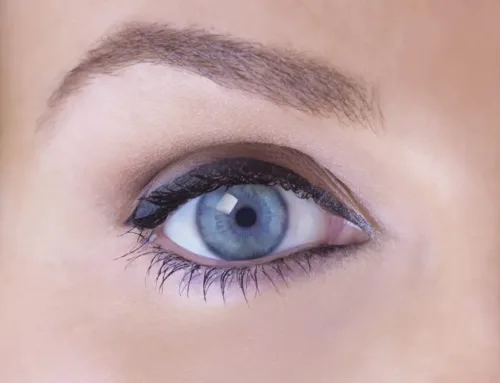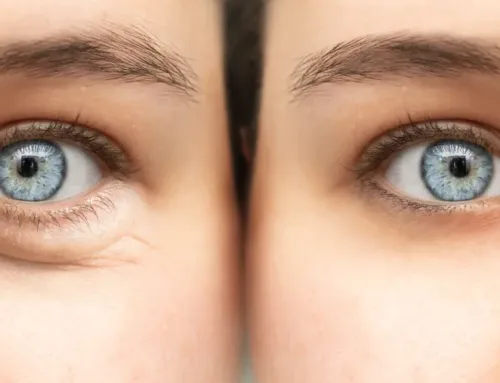Age-related vision changes are a natural part of the aging process. As we age, the lens in our eyes becomes less flexible, making it harder to focus on close objects, a condition known as presbyopia. Concurrently, the retina, responsible for converting light into electrical signals for our brain, may also deteriorate, leading to conditions like macular degeneration.
Additionally, the number of cells in our eyes diminishes, reducing our ability to see in low-light conditions and perceive color. This can lead to issues such as night blindness and color blindness. Age can also lead to a higher risk of eye diseases like glaucoma and cataracts.
Managing these changes can be challenging, but it is not impossible. Regular eye check-ups, maintaining a healthy lifestyle, and understanding the potential impact of these changes on eye treatments can significantly help in preserving good vision. 
What Is LASIK?
LASIK (Laser-Assisted In Situ Keratomileusis) is a popular form of eye surgery used to correct vision in people who are nearsighted, farsighted, or have astigmatism. It works by reshaping the cornea, the clear front part of the eye, to allow light entering the eye to be properly focused on the retina.
LASIK has gained immense popularity due to its effectiveness and quick recovery time. It offers a permanent solution to refractive errors, eliminating or reducing the need for glasses or contact lenses. However, like any surgical procedure, LASIK has its limitations and risks, and its effectiveness can be influenced by various factors, including age-related vision changes.
How LASIK Works
The LASIK operation begins with the creation of a thin flap in the cornea using a microkeratome or a femtosecond laser. This flap is then lifted, exposing the underlying corneal tissue.
Next, an excimer laser is used to remove a precise amount of corneal tissue, thereby reshaping the cornea and correcting the refractive error. Once the cornea is reshaped, the flap is repositioned back onto the underlying cornea without stitches. Over time, the flap naturally adheres to the rest of the cornea.
How Age-Related Vision Changes Can Affect LASIK
Age-related vision changes can potentially impact the results of LASIK surgery. For instance, presbyopia, a common age-related condition, can influence how well you can see up close after LASIK. Since LASIK does not correct presbyopia, individuals may still need reading glasses for near-vision tasks post-surgery.
Older individuals may have a higher risk of dry eyes, a common side effect of LASIK. The procedure could exacerbate this condition, making post-operative recovery uncomfortable. Conditions like cataracts and glaucoma, more prevalent in older adults, can affect the outcomes of LASIK, making it less effective or even unsuitable in some cases.
Conclusion
Age-related vision changes are a natural part of aging. While they can influence the effectiveness of certain eye treatments like LASIK, understanding these changes can ensure good vision health. Regular eye check-ups and maintaining a healthy lifestyle can significantly help manage these changes.
The key to preserving good vision is understanding and adapting to the changes our eyes undergo. It’s about making informed decisions regarding our vision care and ensuring we see the world as clearly as possible for as long as possible.
For more information on how age-related vision changes can affect LASIK, visit Treasure Coast Eye Specialists at our office in Port Saint Lucie or Stuart, Florida. Call 772-400-2400 or 772-286-0007 to schedule an appointment today.

